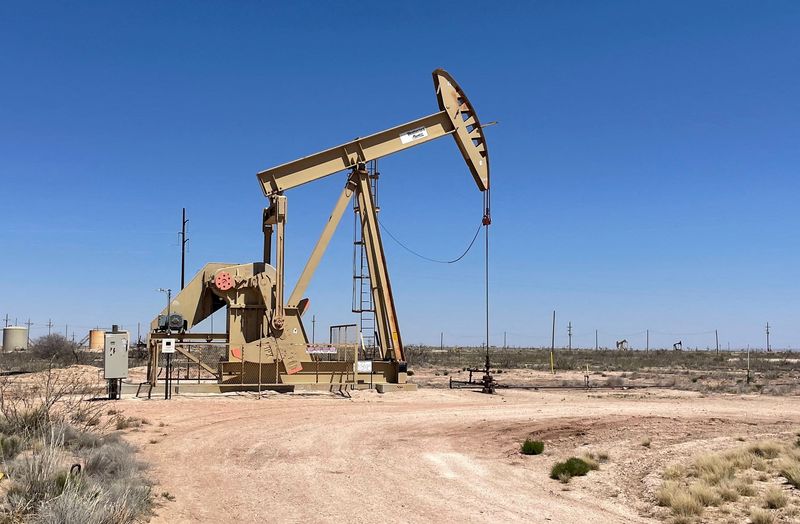Commodities
Oil prices settle lower despite ongoing supply disruption concerns

Investing.com– Oil prices settled lower Friday despite ongoing supply disruption concerns as traders assessed the impact of Hurricane Milton on U.S. oil production and ongoing tensions in the Middle East.
At 2:30 p.m. ET (1830 GMT), fell 0.5% to settle at $79.04 a barrel, while fell 0.4% to settle at $75.56 a barrel.
Milton hits Florida hard
In the US, Hurricane Milton cut a destructive path across Florida, resulting in a number of fatalities and leaving millions without power.
Authorities warn it could take days to assess the full extent of the damages, but the destruction could dampen fuel consumption in the world’s largest oil producer and consumer.
Middle East risk premia
That said, for the week, both benchmarks were headed for gains of around 1%, the second straight positive week, with oil markets remaining supported by concerns over an escalation in Israel’s conflicts with both Hamas and Hezbollah.
Israel launched devastating strikes on Hezbollah targets in Lebanon this week, diminishing the prospect of a ceasefire, even as reports said the military group was seeking a deescalation.
Markets fear that an escalation in the conflict could disrupt oil supplies in the Middle East.
“The market awaits any potential Israeli retaliation against Iran for missile attacks. While the US and other Gulf nations have been pushing for Israel not to target oil infrastructure, this can’t be ruled out completely,” said analysts at ING, in a note.
On the data front, oilfield services firm Baker Hughes Friday its weekly U.S. rig count rose by two to 481.
More Chinese stimulus?
The market has also been supported by the potential for more stimulus measures from top oil importer China, after the country’s finance minister called a fiscal policy briefing for Saturday.
The markets were mostly underwhelmed by measures unveiled in late-September, but markets are now expecting Beijing to announce 2 trillion to 3 trillion yuan ($280-$420 billion) in new spending at the press conference slated for 10 pm ET.
PPI data lessens impact of consumer prices
Oil prices have pressured by some resilience in the dollar, as hotter-than-expected U.S. inflation spurred concerns over a slower pace of interest rate cuts by the Federal Reserve.
The impact was lessened Friday after US came in unchanged in September, pointing to a still-favorable inflation outlook and supporting views that the Federal Reserve would cut interest rates again next month.
The prospect of U.S. rates remaining relatively higher for longer pushed up fears that economic activity will be pressured, in turn denting demand in the world’s biggest fuel consumer.
Data showing a bigger-than-expected build in U.S. furthered concerns over slowing demand, although it had a limited impact on oil prices this week.
(Peter Nurse, Ambar Warrick contributed to this article.)
Commodities
Oil prices rise; U.S. crude inventories plunge, Russia-Ukraine truce eyed
Commodities
India’s Reliance to stop buying Venezuelan oil over US tariffs, sources say
Commodities
Oil prices climb on Venezuela supply worries

 Forex3 years ago
Forex3 years agoForex Today: the dollar is gaining strength amid gloomy sentiment at the start of the Fed’s week

 Forex3 years ago
Forex3 years agoUnbiased review of Pocket Option broker

 Forex3 years ago
Forex3 years agoDollar to pound sterling exchange rate today: Pound plummeted to its lowest since 1985

 Forex3 years ago
Forex3 years agoHow is the Australian dollar doing today?

 Cryptocurrency3 years ago
Cryptocurrency3 years agoWhat happened in the crypto market – current events today

 World3 years ago
World3 years agoWhy are modern video games an art form?

 Commodities3 years ago
Commodities3 years agoCopper continues to fall in price on expectations of lower demand in China

 Economy3 years ago
Economy3 years agoCrude oil tankers double in price due to EU anti-Russian sanctions





























